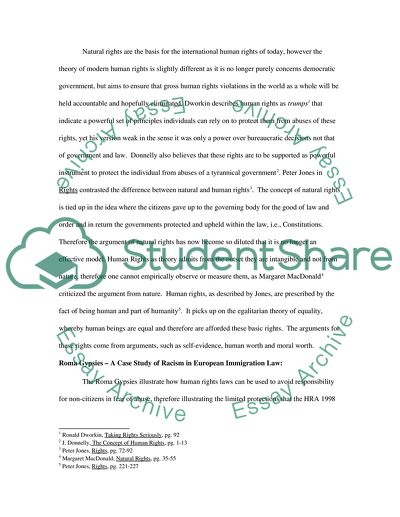Cite this document
(What Does the Human Rights Act Add to the Protection of the Refugee Co Case Study, n.d.)
What Does the Human Rights Act Add to the Protection of the Refugee Co Case Study. Retrieved from https://studentshare.org/law/1536910-immigration-and-nationality-law
What Does the Human Rights Act Add to the Protection of the Refugee Co Case Study. Retrieved from https://studentshare.org/law/1536910-immigration-and-nationality-law
(What Does the Human Rights Act Add to the Protection of the Refugee Co Case Study)
What Does the Human Rights Act Add to the Protection of the Refugee Co Case Study. https://studentshare.org/law/1536910-immigration-and-nationality-law.
What Does the Human Rights Act Add to the Protection of the Refugee Co Case Study. https://studentshare.org/law/1536910-immigration-and-nationality-law.
“What Does the Human Rights Act Add to the Protection of the Refugee Co Case Study”. https://studentshare.org/law/1536910-immigration-and-nationality-law.


